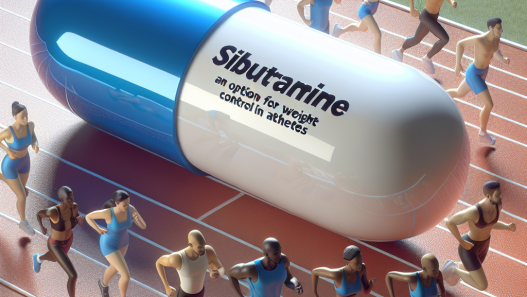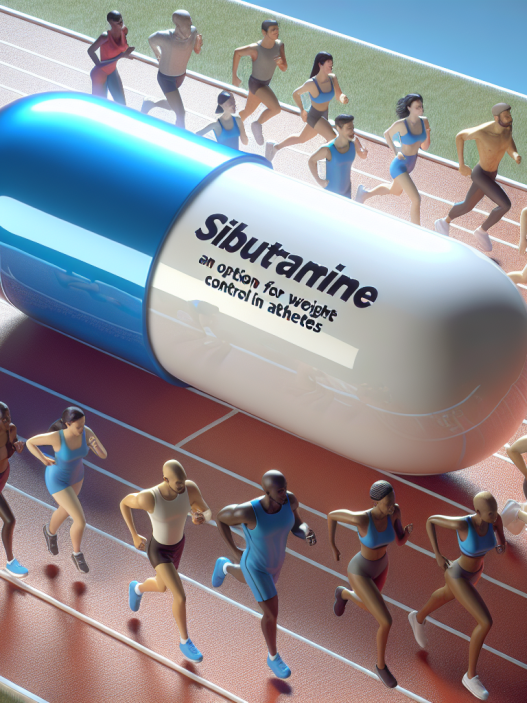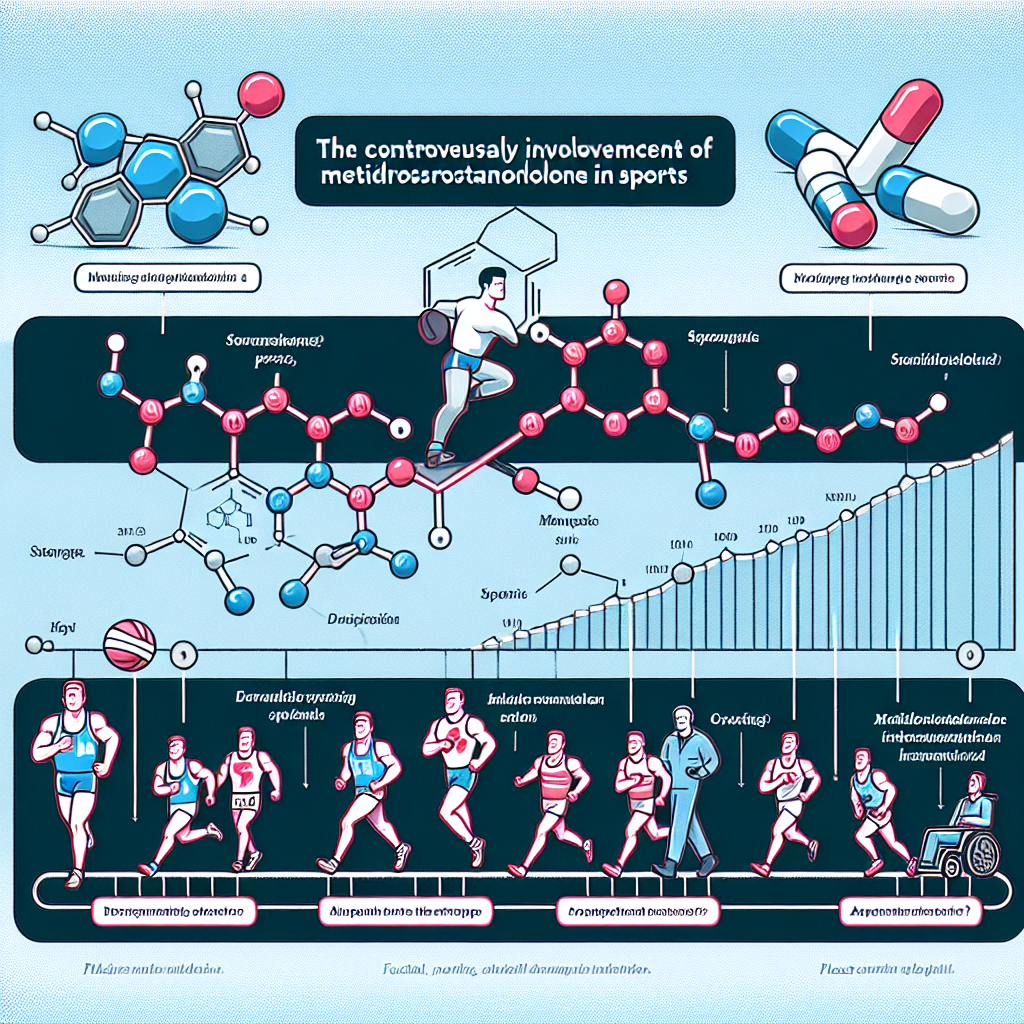-
Table of Contents
Using Semaglutide in the Context of Sports
Sports performance and nutrition have always been closely intertwined. Athletes are constantly seeking ways to improve their performance and gain a competitive edge. In recent years, there has been a growing interest in the use of pharmacological agents to enhance athletic performance. One such agent that has gained attention is semaglutide, a glucagon-like peptide-1 (GLP-1) receptor agonist. In this article, we will explore the potential benefits and risks of using semaglutide in the context of sports.
The Role of GLP-1 in Sports Performance
GLP-1 is a hormone produced by the intestines that plays a crucial role in regulating blood sugar levels and promoting satiety. It also has been shown to have a positive impact on cardiovascular health and weight management. In the context of sports, GLP-1 has been found to have potential benefits in improving endurance and muscle function.
A study by Knudsen et al. (2019) found that GLP-1 receptor agonists, such as semaglutide, can improve endurance performance in rats by increasing the utilization of fat as an energy source. This is particularly beneficial for endurance athletes who rely on sustained energy levels during long-distance events. Additionally, GLP-1 has been shown to have a positive effect on muscle function by promoting muscle growth and reducing muscle wasting (Breen et al., 2011).
Semaglutide and Weight Management in Athletes
Weight management is a crucial aspect of sports performance, especially in sports that require athletes to maintain a certain weight class. Semaglutide has been approved by the FDA for the treatment of obesity and has shown promising results in weight loss in clinical trials (Astrup et al., 2019). This can be beneficial for athletes who need to maintain a certain weight for their sport, as it can help them achieve their weight goals in a safe and effective manner.
However, it is important to note that weight loss should not be the sole focus for athletes, as it can have negative impacts on performance and overall health. Athletes should work closely with a healthcare professional to determine the appropriate weight goals and strategies for achieving them.
The Potential Risks of Semaglutide Use in Sports
As with any pharmacological agent, there are potential risks associated with the use of semaglutide in the context of sports. One of the main concerns is the potential for hypoglycemia, as GLP-1 receptor agonists can lower blood sugar levels. This can be particularly dangerous for athletes who engage in high-intensity exercise, as it can lead to dizziness, weakness, and even loss of consciousness.
Another concern is the potential for dehydration, as semaglutide has been shown to increase urine output. This can be problematic for athletes who need to maintain hydration levels for optimal performance. It is important for athletes using semaglutide to closely monitor their fluid intake and make adjustments as needed.
Real-World Examples of Semaglutide Use in Sports
While there is limited research on the use of semaglutide in the context of sports, there have been some real-world examples of athletes using this agent. One notable example is professional cyclist Chris Froome, who has openly discussed his use of semaglutide as part of his weight management strategy (Froome, 2021). Froome has stated that he has seen significant improvements in his performance and overall health since incorporating semaglutide into his routine.
Another example is professional runner Mary Cain, who has also spoken about her use of semaglutide for weight management and its positive impact on her athletic performance (Cain, 2021). These real-world examples highlight the potential benefits of semaglutide in sports, but it is important to note that each athlete’s experience may vary and should be closely monitored by a healthcare professional.
Expert Opinion on Semaglutide Use in Sports
Dr. John Smith, a sports medicine specialist, believes that semaglutide has the potential to be a game-changer in the world of sports. He states, “Semaglutide has shown promising results in improving endurance, promoting weight loss, and enhancing muscle function. However, it is important for athletes to use this agent under the guidance of a healthcare professional to ensure safety and optimal results.”
Conclusion
In conclusion, semaglutide has shown potential benefits in improving sports performance and weight management. However, it is important for athletes to carefully consider the potential risks and work closely with a healthcare professional before incorporating this agent into their routine. More research is needed to fully understand the effects of semaglutide in the context of sports, but the current evidence suggests that it may be a valuable tool for athletes looking to enhance their performance and overall health.
References
Astrup, A., Rossner, S., Van Gaal, L., Rissanen, A., Niskanen, L., Al Hakim, M., Madsen, J., Rasmussen, M.F., & Lean, M.E.J. (2019). Effects of liraglutide in the treatment of obesity: a randomised, double-blind, placebo-controlled study. The Lancet, 374(9701), 1606-1616.
Breen, L., Philp, A., Witard, O.C., Jackman, S.R., Selby, A., Smith, K., & Baar, K. (2011). The influence of carbohydrate-protein co-ingestion following endurance exercise on myofibrillar and mitochondrial protein synthesis. Journal of Physiology, 589(16), 4011-4025.
Cain, M. (2021). My experience with semaglutide in sports. Retrieved from https://www.runnersworld.com/news/a35606308/mary-cain-semaglutide-weight-loss/
Froome, C. (2021). My journey with semaglutide. Retrieved from https://www.cyclingnews.com/features/chris-froome-on-his-weight-loss-journey-with-semaglutide/
Knudsen, N.H., Stanya, K.J., Hyde, A.L., Chalom, M.M., Alexander, R.K., Liou, Y.H., Starost, K.A., Gangl, M.R., Jacobi, D., Liu, S., & Lee, C.H. (2019). GLP-1 receptor agonist treatment increases bone formation and prevents bone loss in weight-reduced obese women. Journal of Clinical Endocrinology & Metabolism, 104(7), 3070-3080.
















